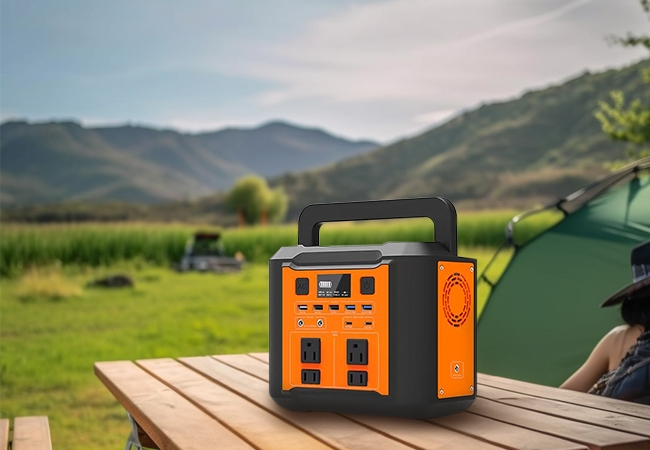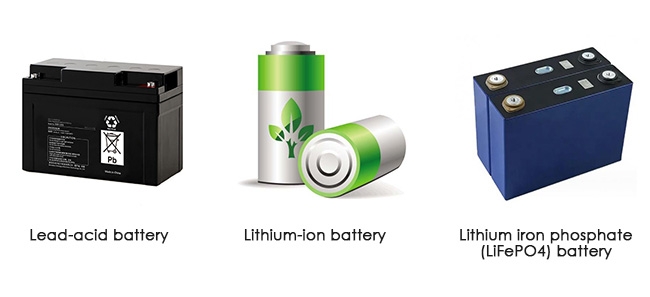Solar generators are becoming increasingly popular as a clean and sustainable energy solution for various applications, ranging from home backup power to outdoor adventures. However, to maximize the efficiency, versatility, and usability of a solar generator, it is essential to consider various accessories. These accessories not only enhance the functionality of the solar generator but also ensure that it operates effectively under different conditions. This article explores the essential accessories for a solar generator, providing a comprehensive guide to help users make informed decisions.

1. Solar Panels
Solar panels are arguably the most crucial accessory for a solar panel generator. These panels capture sunlight and convert it into electricity. There are several types of solar panels available, including monocrystalline, polycrystalline, and thin-film panels.
- Monocrystalline Panels. Known for their high efficiency and long lifespan, they are made from a single continuous crystal structure. They perform well in low-light conditions and have a higher power output per square foot.
- Polycrystalline Panels. These are made from multiple silicon crystals and are less expensive than monocrystalline panels. They have a slightly lower efficiency but still offer a good balance between cost and performance.
- Thin-Film Panels. Made from a variety of materials, these panels are lightweight and flexible. They are less efficient than crystalline panels but can be a good option for portable applications.
Considerations for Choosing Solar Panels:
When selecting solar panels, consider factors such as the power output, size, weight, and ease of installation. The number of panels required will depend on the generator's capacity and your energy needs. Portable foldable panels are ideal for outdoor activities, while larger, more robust panels may be better suited for home use.
2. Charge Controllers
A charge controller is essential for regulating the voltage and current coming from the solar panels to the battery. It prevents overcharging and prolongs battery life. There are two main types of charge controllers:
- Pulse Width Modulation (PWM). These are simpler and less expensive. They work by slowly reducing the amount of power going into the battery as it gets closer to full charge.
- Maximum Power Point Tracking (MPPT). These are more advanced and efficient, as they adjust the input voltage to match the battery's optimal charging voltage. MPPT controllers can significantly increase the efficiency of a solar power system, especially in varying sunlight conditions.
Choosing the Right Charge Controller:
Selecting the appropriate charge controller depends on the system's voltage and the total current from the solar panels. An MPPT controller is generally recommended for larger systems or where maximum efficiency is required.
3. Batteries
Batteries are crucial for storing the energy generated by solar panels for later use. The most common types of batteries used in portable solar generators include:

- Lead-Acid Batteries. These are the most affordable but also the heaviest and least efficient. They require regular maintenance and have a shorter lifespan compared to other types.
- Lithium-Ion Batteries. These are more expensive but offer a higher energy density, longer lifespan, and less maintenance. They are lighter and more efficient, making them ideal for portable solar generators.
- Lithium Iron Phosphate (LiFePO4) Batteries: A subtype of lithium-ion batteries, they offer even greater safety and longevity. They are slightly heavier but are gaining popularity for their durability and efficiency.
Battery Capacity and Configuration:
The battery capacity, measured in ampere-hours (Ah) or watt-hours (Wh), determines how much energy can be stored. The total capacity needed depends on your power consumption and how long you need to operate without sunlight. For larger systems, multiple batteries can be connected in series or parallel to increase voltage or capacity, respectively.
4. Cables
High-quality cables and connectors are vital for ensuring efficient power transfer between the solar panels, charge controller, batteries, and inverter. Poor-quality or incorrectly sized cables can result in power loss and potential safety hazards.
- MC4 Cables: These are commonly used for connecting solar PV panels. They are designed to be weather-resistant and durable.
- Battery Cables: These cables connect the batteries to the charge controller and inverter. They need to be thick enough to handle the current without significant voltage drop.
5. Monitoring Systems
A monitoring system allows you to track the performance of your solar powered generator setup in real time. It provides valuable information on power generation, battery status, and overall system health. Monitoring systems can help identify issues early and optimize performance.
- Basic Meters. These provide simple readouts of voltage, current, and power output.
- Advanced Monitoring Systems. These offer more detailed data and often come with connectivity features, allowing you to monitor your system remotely via a smartphone app or computer.
Choosing a Monitoring System:
The complexity of the monitoring system should match the size and scope of your smart solar generator setup. For small, portable systems, a basic meter may suffice, while larger, more permanent installations might benefit from advanced monitoring capabilities.
6. Protective Equipment
Protective equipment is essential for ensuring the safety and longevity of your solar generator system. This includes surge protectors, fuses, and circuit breakers that prevent damage from electrical surges and faults.
- Surge Protectors. These protect your equipment from voltage spikes, which can occur due to lightning strikes or grid disturbances.
- Fuses and Circuit Breakers. These safeguard against overcurrent, preventing damage to the system and reducing the risk of fire.
Implementing Protective Measures:
Properly sizing and installing protective equipment according to the system's specifications is crucial for effective protection. Regular inspections and maintenance are also necessary to ensure ongoing safety.
A well-equipped powerful solar generator system requires a variety of accessories to function efficiently and safely. From solar panels and charge controllers to batteries, inverters, and monitoring systems, each component plays a critical role. By understanding the purpose and selection criteria for these accessories, you can build a robust and reliable solar power system tailored to your specific needs. Inverter Online Shop will give you a good solution. Investing in quality components and proper installation will ensure that your solar generator provides clean, renewable energy for years to come.
